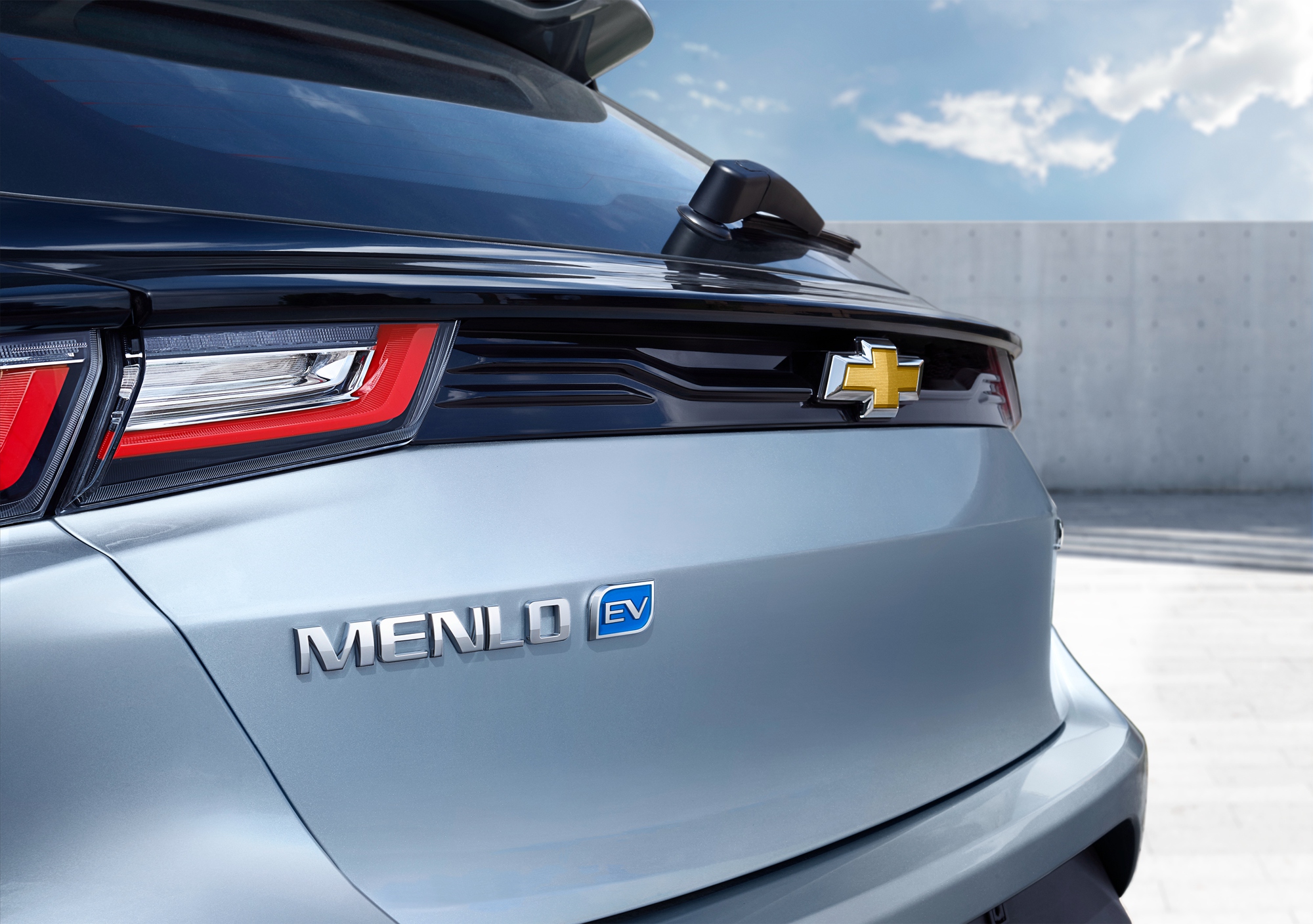1. Difference between ternary lithium battery and lithium iron phosphate battery
These are two technological routes for batteries, and there is no absolute good or bad.
Ternary Lithium Battery
Advantages: High energy density, good low temperature performance.
Disadvantages: Expensive, relatively poor safety, relatively low number of cycles (short lifespan).
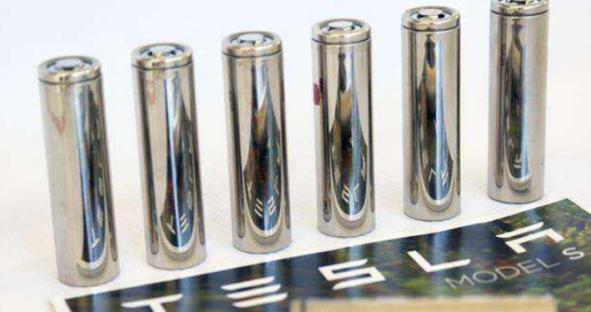
Lithium Iron Phosphate Battery
Advantages: Inexpensive, high safety, high number of cycles (long lifespan).
Disadvantages: Low energy density, poor low temperature performance.
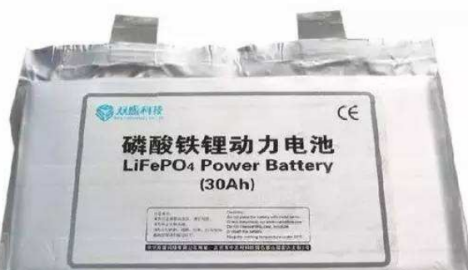
Before 2017, the vast majority of domestic electric vehicles used lithium iron phosphate batteries, such as BYD Qin EV, Geely Emgrand EV, and DENZA.
In recent years, the national subsidy policy for new energy vehicles has been promoting battery manufacturers to develop high-energy density batteries in order to improve the comprehensive endurance of vehicles. Due to the low energy density of lithium iron phosphate batteries, the vast majority of electric vehicles on the market currently use ternary lithium batteries.
However, as the subsidies gradually decline, technology development is returning to a market-oriented approach. BYD and CATL hope to improve the overall energy density of battery packs through blade battery and CTP technologies, respectively. Therefore, lithium iron phosphate batteries have returned to our view.
2. How to Use Power Batteries Healthily? What are the Important Details of its Lifelong Quality Assurance Policy?
Battery Life
-
The most taboo thing for lithium batteries is to charge them to full and discharge them completely. Therefore, when charging, try to use the charging interval recommended by the manufacturer. Currently, most manufacturers recommend a charging interval of 20% – 90%.
-
Never use up the battery’s power completely, as this will cause irreversible damage to the battery.
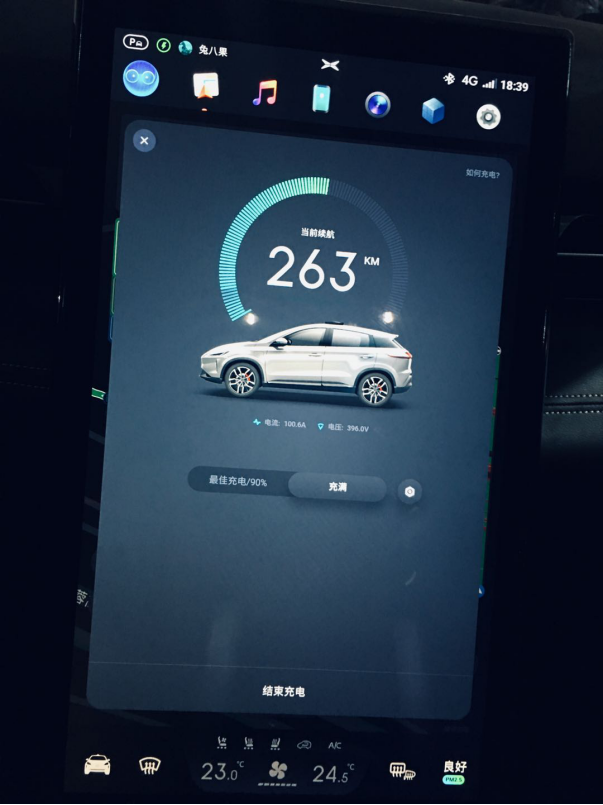
Lifelong Quality Assurance
If there are no problems with normal usage, but if the battery is damaged due to bumps, scratches, or other subjective reasons, the lifelong quality assurance cannot be applied.
Regarding this point, we can refer to XPeng Motors’ case
https://www.XPeng.com/help/rights.html (XPeng Motors official website lifelong quality assurance policy)
The meaning of this paragraph is that the vehicle battery can only be used up, and if the battery is damaged due to scratches, bumps, accidents, or other subjective reasons during use, the lifelong quality assurance policy cannot be enjoyed.### 3. Which electric vehicle should you buy, joint venture, independent, or new forces?
New forces
The main advantage lies in the intelligent experience, such as assisted driving, car-machine interaction, etc. If you like to try new things, you can pay more attention to new forces brands.
However, because new forces are newly established brands, they may be slightly inferior in driving compared to other traditional brands. The size of the difference varies from person to person. Everyone can try test drives more.
The following picture shows some logos of new forces car makers in China.
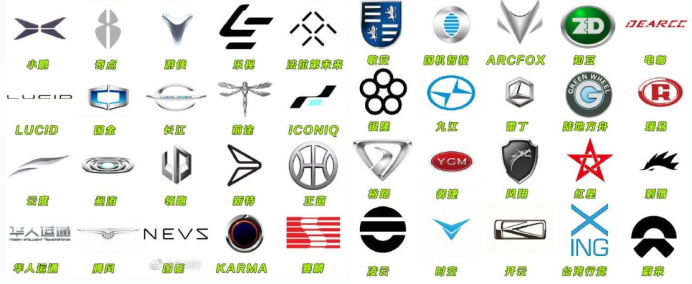
Independent brands
In recent years, the progress of independent brands is quite obvious, especially in terms of intelligence and network connection, and the improvement in driving experience is also very significant. Of course, this depends on the specific model. There are good and bad models. Compared with old joint venture brands, the gap is not that big anymore, and more are some subtle differences. The biggest problem may be the acceptability of the traditional independent brand. Sometimes everyone may have a psychological problem, which depends on personal opinion.

Joint venture brands
Although they are not as strong as the independent and new forces in terms of endurance and intelligence, they still have a relatively good overall driving quality, especially in workmanship. After all, they have longer experience accumulation and market share. If you value brand and quality more, then joint venture brands are more suitable for you.
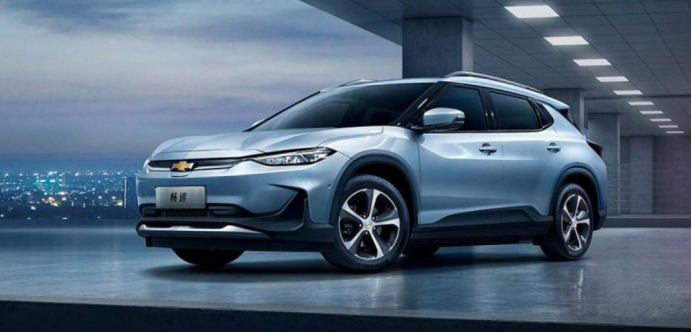
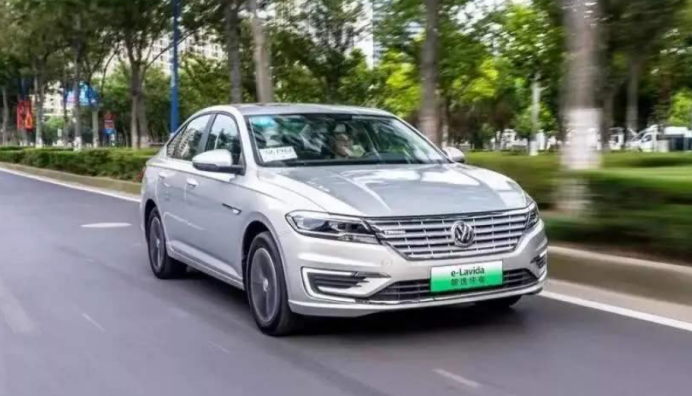
4. How much endurance is enough when you want to buy an electric vehicle?
It varies from person to person, especially depending on personal usage scenarios and car use environments.
If you have installed a charging pile or have a gasoline-powered car,If you have the condition of charging at home every day and don’t drive too much, then you don’t need to focus too much on the range. I think 90% of the population won’t exceed this range on a daily basis, even with additional power consumption from air conditioning and other sources. NEDC 300 km is actually enough.
If you only have one vehicle at home and no charging station installed
It is suggested to buy an electric car with longer range starting from 400 NEDC, because it might be discounted in winter and you won’t charge it fully or drain it completely in daily use.
5. How to Understand Key Parameters When Buying an Electric Car
First is the maximum output power and maximum output torque, which is similar to a gasoline car. However, we usually use kW as the unit of power instead of PS.
The second parameter is range, which is measured by NEDC standard in China. Although it may differ from actual use, it is still easy for comparison. Generally, mainstream models can achieve 400-500 km, and some new models can even go up to 600 km.
The third is battery capacity, which is equal to the fuel tank capacity in a gasoline car. The unit is kWh, and larger capacity means longer range. Currently, electric cars in the price range of 150,000 to 200,000 RMB usually have batteries of 50-60 kWh.
It is recommended to choose a car with larger battery capacity for the same level of range.
The fourth parameter is electricity consumption per 100 km, which is similar to fuel consumption per 100 km for gasoline cars. The lower the number, the better. However, the difference between similar models in terms of electricity consumption is not too significant at the moment.
The fifth is battery energy density, which is usually 140-180 Wh/kg for mainstream batteries. The higher the energy density, the larger the battery capacity and longer the range, under the same weight.
However, I think this parameter is not very important for most people. It is better to focus on range instead. For example,Car Selection Guide
Young people preparing to buy their first car
For young people preparing to buy their first car: I will be the only one driving it most of the time, and I prefer a more individualized style. Other factors are not that important (can be considered with the Changan Eado EV). My budget is around 15-20k.
Personal Background
My parents already have a car, so I only need to consider my own preferences. I prefer the style of station wagons, because they are unique and offer a driving experience similar to that of a sedan. The larger trunk is not only practical, but also pleasing to the eye. Another factor I value highly is that I enjoy organizing BBQ outings with friends on weekends. When driving a gasoline-powered car, I sometimes have to endure the heat because the air conditioning requires the engine to start. Running the engine at low speeds for extended periods of time is not good for the car. However, this is not a problem with electric cars, as the air conditioning can be used anytime without worrying about the car’s engine.
So, are there any cars that meet my needs?
Editor’s Answer
This friend’s car selection criteria are similar to mine, as we are both young people who like individuality. In this price range, I would consider the Chevrolet Changcheng (Changan Eado EV), Buick Velite 6, and XPeng G3.
Some friends may ask why the Roewe Ei5 has not been mentioned. It is because I personally find it a bit outdated, and I would probably pass on it if I had to choose.
The Velite 6 may also be suitable, but Buick and Chevrolet take a different pricing route. From the perspective of cost-effectiveness, the Changcheng is more cost-effective, especially in terms of active safety configurations where the Changcheng has a greater advantage. Here, I would like to provide a comparison link to the top-of-the-line 2020 models of these two cars for everyone to see their differences.
https://car.autohome.com.cn/duibi/chexing/#column=4&carids=moraqOZx%2bWHbu%2fNmlbTnXA%3d%3d&adids=&pvareaid=101719
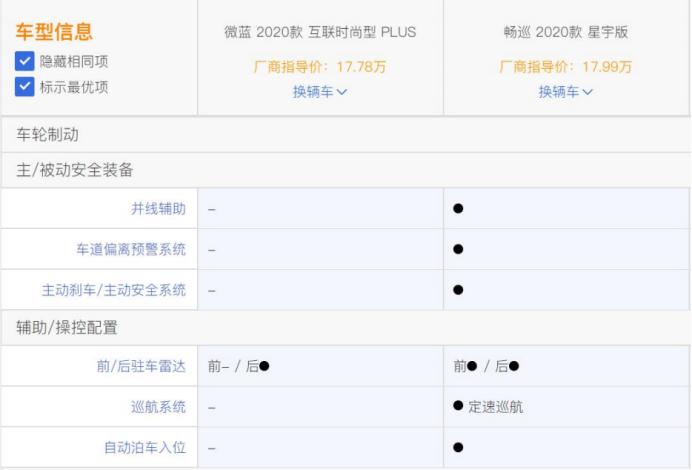
The common feature of these two cars is that they both have a youthful appearance, at least in my opinion. Below, I will explain the specific characteristics of these two models.
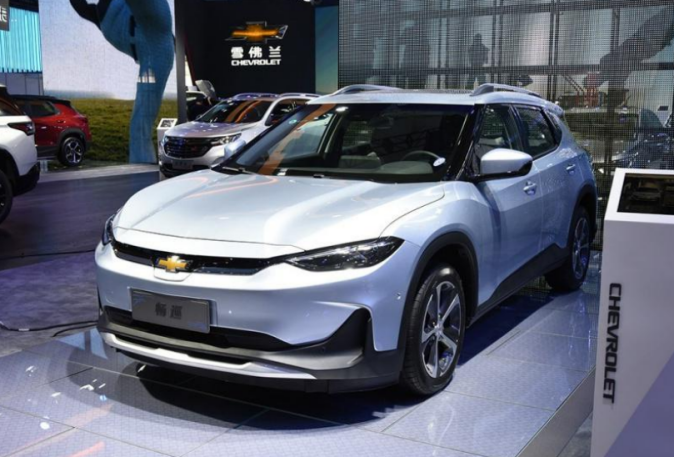
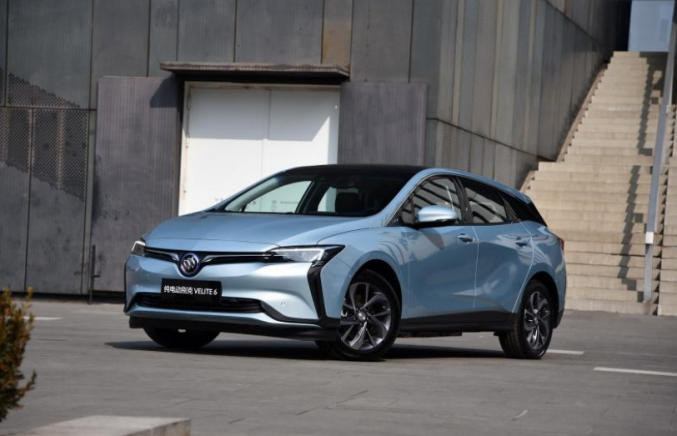
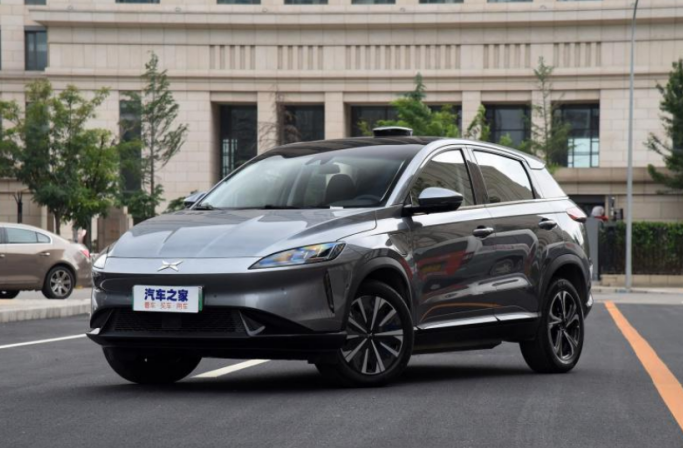
The XPeng G3 has an advantage in intelligence, especially in the car’s system and assisted driving aspect. However, the overall interior workmanship and texture may be slightly inferior. Only the top-equipped models have Nappa leather interiors. In addition, due to its identity as a new upstart, older generations in the family may not accept it.
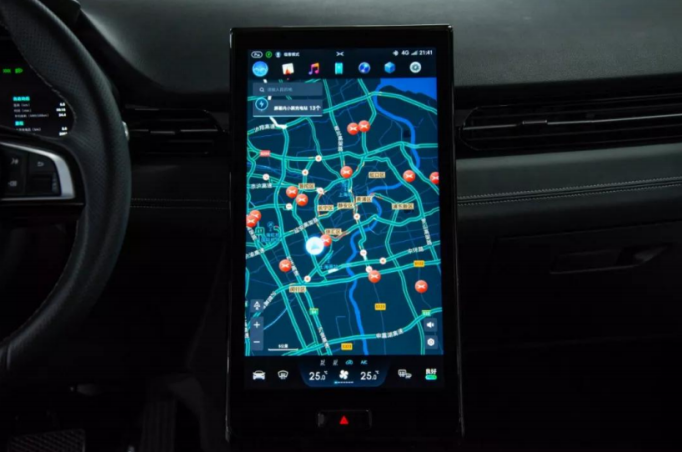
Although the Chang Xun model is not as intelligent as the new upstart and local brands, it still has comprehensive active safety configurations that are commonly used, such as lane departure warning, active braking, and lane-keeping assistance.
The car system also supports Carplay and Carlife. The built-in Gaode map means there will be no problems with functions like music playback and navigation. Below is the Carplay interface I captured while experiencing the Chang Xun sister model — Micro Blue. The difference between these two cars in this respect will not be too great.
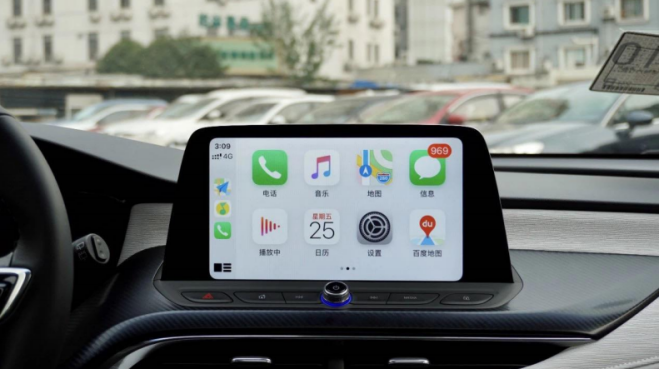
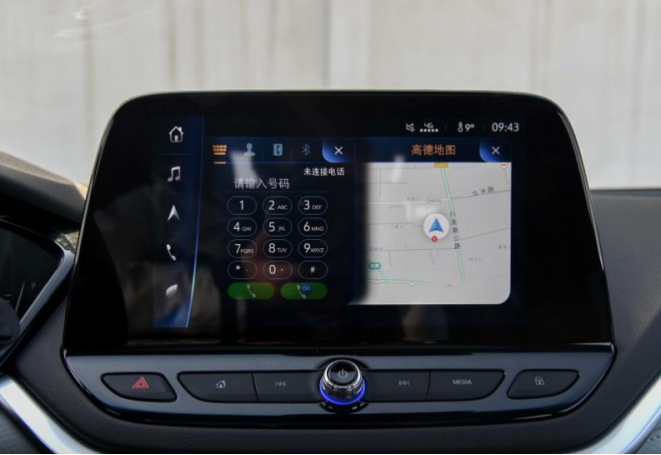
Although the interior design is relatively traditional, the workmanship and texture are still very good; of course, this depends on personal objectives. Besides, although the physical buttons are not integrated into the large screen, it is easier to operate blindly when you become accustomed to them. It will be more convenient than a touch screen.
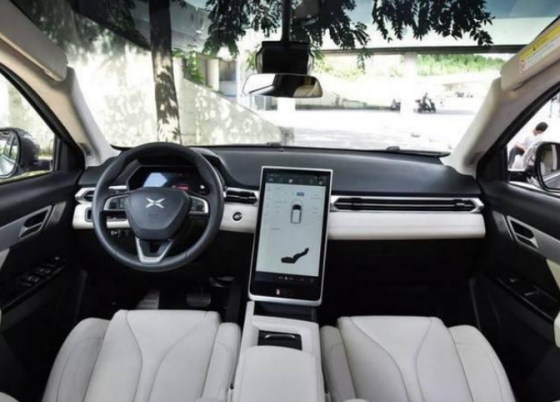
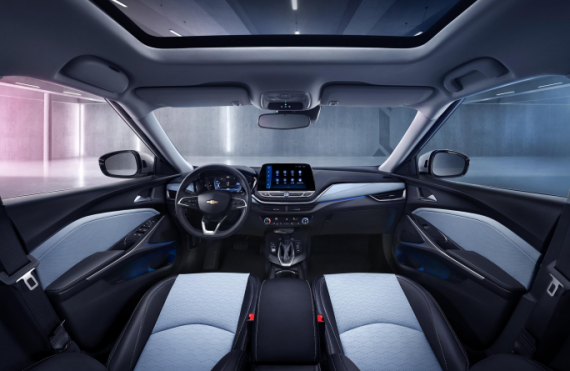
Lastly, the price and configuration differences are the major factors. The XPeng G3 400 km models with assisted driving start at 163,800 yuan, while the Chang Xun’s top equipped model is priced at 179,900 yuan. Because one is the new upstart and the other is a well-established joint-venture brand, both have their advantages. I suggest you visit a 4S store to test drive the cars before making your final decision.1. Differences between Ternary Lithium Battery and Lithium Iron Phosphate Battery
2. How to Extend Battery Life? What are the Important Details of Lifetime Quality Guarantee Policy?
3. Which One to Choose – Joint Venture, Independent, or New Forces – When Buying an Electric Car?
4. How Much Range is Enough When Buying an Electric Car?
5. How to Understand Key Parameters When Buying an Electric Car?
In-depth Vehicle Analysis and Selection by Garage Editors
This article is a translation by ChatGPT of a Chinese report from 42HOW. If you have any questions about it, please email bd@42how.com.
